
How to Sell Antiques and Collectibles Online in 2025
In the bustling streets of modern cities, amidst the neon lights and digital screens, there’s a unique charm that only antiques can offer.
It’s not just about old items; it’s about the stories they tell, the history they’ve witnessed, and the hands they’ve passed through.
Antiques are a testament to time, offering a tangible connection to the past in an increasingly digital world. They evoke a sense of nostalgia, transporting us to bygone eras and reminding us of the value of preserving history.
But as we stand in 2025, the antique business isn’t just confined to dusty old shops in narrow alleys. The digital revolution has left no stone unturned, and the world of antiques is no exception.
The rise of online platforms has transformed the way we view, buy, and sell these timeless treasures.
From the comfort of our homes, we can now explore a global market, connecting with sellers and buyers from different corners of the world.
But what does this mean for the antique business? And how has the definition of ‘antique’ evolved in this digital age?
Understanding Antiques
At its core, an antique is an object that represents a previous era in human society. But not everything old is an antique. So, what makes an item truly antique?
Definition and Significance of Antiques:
The U.S. Customs Service defines antiques as items that are at least 100 years old.
However, this definition can vary based on regions and experts. Beyond age, the significance of an antique lies in its craftsmanship, rarity, and the historical context it represents.
It’s a piece of history that has stood the test of time, often carrying with it stories of its origin, its owners, and the world it once inhabited.
Differentiating Between Antiques, Vintage, and Collectibles:
While these terms are often used interchangeably, there are subtle differences:
- Antiques: As mentioned, these are typically items that are at least 100 years old, representing a bygone era.
- Vintage: Items that are less than 100 years old but can be traced back to a specific era in the 20th century. Think of those retro 70s lamps or 50s diner sets.
- Collectibles: These are items that might not be very old but are sought after due to their rarity, desirability, or other unique features. Limited edition toys or first edition books fall into this category.
The 2025 Antique Business Landscape in the USA
The antique business has seen a significant resurgence in 2025. According to recent statistics:
- Today, the online antique business industry is worth over $2.8bn in the US alone! This number is expected to grow by 5.3% in the year 2023.
- Antique Brick Market Gaining a Competitive Advantage 2023-2030.
- Millennials and Gen Z are emerging as prominent buyers, with a keen interest in sustainable and unique items with historical significance.
- The top three categories in demand are antique furniture, vintage jewelry, and collectible art pieces.
Is it profitable to sell antiques?
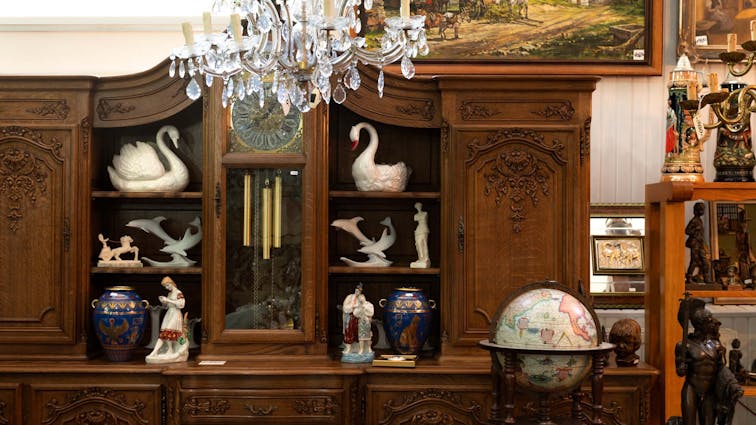
Absolutely, selling antiques can be profitable. The key is knowledge and expertise in identifying potentially valuable items and understanding your buyer’s preferences and the market.
Like any business, success doesn’t come overnight. It usually requires:
- A deep understanding of history, culture, art, and more specific fields based on the types of antiques you deal with.
- A well-developed network of antique hunters, auction houses, estate sales, and connections with other collectors and dealers.
- A good eye for recognizing valuable antiques: knowing what to look out for, from distinguishing marks of the creator to signs of repairs and alterations.
- Smart negotiating skills and patience, as sometimes it takes time to find the right buyer who appreciates the value of the antique.
You’ll also need to strategize how to price your items accurately, maintain their condition till they’re sold, and market them to the right audience.
With the rising trend of online sales, creating an online presence for your antique business is essential as well.
Learning the ins and outs may take time, but with dedication and passion, selling antiques can not just turn into a profitable enterprise but also an incredibly fulfilling one.
Steps to start selling Antiques
If you’re interested in selling antiques, here’s a step-by-step guide to help you navigate the process:
1. Identifying What to Sell: Navigating the Antique Market’s Most Coveted Items
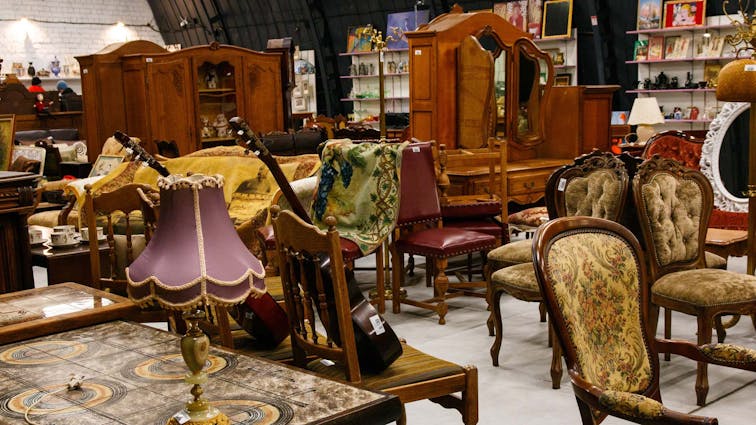
The world of antiques is vast, intricate, and ever-evolving. With the digital age upon us, the antique market has expanded beyond physical boundaries, reaching enthusiasts and collectors worldwide.
But with such a broad spectrum of items, how does one determine what to sell? Let’s delve into the popular categories and the current market trends.
Popular Categories:
- Furniture: From ornate Victorian settees to mid-century modern chairs, antique furniture has always been a staple in the market. The craftsmanship, detailing, and the stories these pieces carry make them highly sought after.
- Jewelry: Antique jewelry, with its intricate designs and timeless elegance, is a testament to the artistry of bygone eras. Whether it’s Art Deco necklaces or Georgian brooches, they’re not just accessories but pieces of history.
- Dolls & Toys: Vintage dolls and toys evoke a sense of nostalgia. They’re not just playthings but represent the cultural and societal norms of their time.
- Housewares: Think of porcelain tea sets, brass candle holders, or even vintage kitchen utensils. These everyday items from the past offer a glimpse into the domestic lives of our ancestors.
Market Trends and High-Demand Items:
As we move through 2025, there’s a noticeable shift towards sustainable and eco-friendly choices.
Antiques, being recycled and reused items, fit perfectly into this narrative. Items with a unique backstory or provenance, especially those connected to notable historical events or figures, are particularly in demand.
Additionally, with the rise of home-based workspaces, there’s an increased interest in antique office furniture and decor.
2. Sourcing Antiques: The Treasure Hunt Begins

Finding the right antiques isn’t just about purchasing items; it’s about the thrill of the hunt, the stories behind each find, and the connections made along the way.
Places to Find Antiques:
- Thrift Stores & Yard Sales: Often overlooked, these places can be gold mines for hidden gems. From vintage vinyl records to classic novels, you never know what you might stumble upon.
- Flea Markets: A haven for antique enthusiasts. Flea markets offer a plethora of items, from furniture to trinkets. It’s also a great place to connect with fellow collectors and dealers.
- Auctions: Whether it’s a grand auction house or an online platform, auctions are where high-value antiques often change hands. It’s essential to do your research and know your limits when bidding.
- Other Dealers: Building relationships with other antique dealers can be beneficial. They can offer insights, help authenticate items, and sometimes even provide leads on potential treasures.
Authenticity Checks and Understanding the History:
In the world of antiques, authenticity is paramount. Before making a purchase:
- Research the item’s provenance.
- Look for maker’s marks or signatures.
- Consult experts or use authentication services.
- Understand the historical context of the item. It adds value to the story you’ll share with potential buyers.
3. Building Your Online Presence: The Digital Facade of the Antique Business
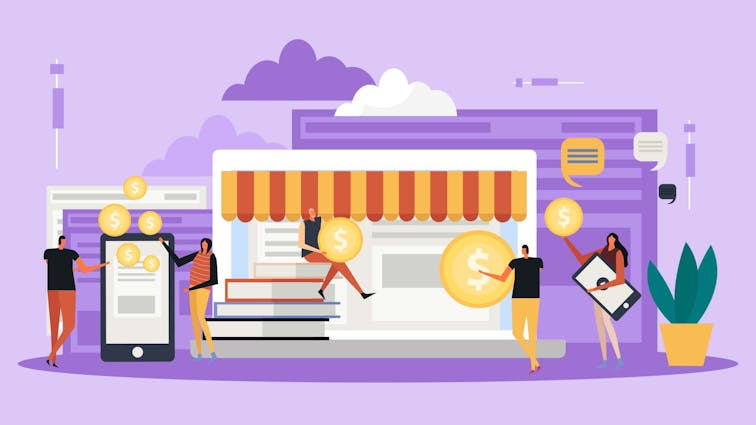
In today’s digital age, having an online presence isn’t just an option; it’s a necessity.
For the antique business, where trust and authenticity are paramount, how you present yourself online can make or break your success.
Importance of Branding in the Antique Industry:
Branding isn’t just about a logo or a catchy tagline; it’s about creating an identity. In the antique industry, your brand should evoke feelings of trust, authenticity, and expertise.
It’s about telling your story, your passion for antiques, and why customers should choose you over others.
Remember, people don’t just buy antiques; they buy stories, history, and a piece of the past. Your branding should reflect that.
Platforms to Consider:
- Dedicated Websites: Having your website gives you complete control over your brand narrative. It’s a platform where you can showcase your collection, share your expertise, and connect directly with your audience.
- Online Marketplaces: Platforms like Etsy and eBay have a vast user base. They offer visibility and can be a great starting point for those new to the online antique business. However, they come with their set of challenges, like competition and fees.
- Social Media: Platforms like Instagram, Pinterest, and Facebook are visual-centric, making them perfect for showcasing antiques. They also allow for engagement, storytelling, and building a community around your brand.
Advantages of Having a Personalized Online Store:
- Customization: Tailor the look and feel to match your brand.
- Control: Over pricing, inventory, and customer data.
- Credibility: A dedicated store can enhance your brand’s trustworthiness.
- Direct Customer Engagement: Build relationships without third-party interference.
Create an Online Store with Aasaan App:
For those looking to simplify the process of setting up an online store, the Aasaan app offers a seamless solution.
With user-friendly interfaces, customizable templates, and robust e-commerce features, Aasaan makes it, well, aasaan (easy) for antique dealers to bring their collections online.
Not only does it streamline the technical aspects, but it also offers tools for marketing, inventory management, and customer engagement.
It’s a holistic solution for those looking to merge the timeless world of antiques with the dynamic digital landscape.
4. Pricing and Valuation: The Art and Science Behind Antique Pricing
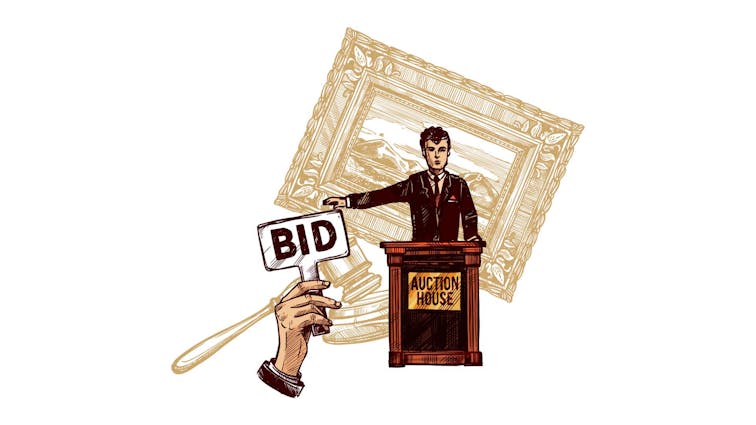
Pricing antiques can be both an art and a science. It’s a delicate balance between understanding the market and recognizing the intrinsic value of the item.
Challenges in Pricing Unique Items:
Each antique is unique, carrying its history, making standardized pricing challenging. Factors like provenance, historical significance, and current market trends can significantly influence an item’s price.
Factors to Consider:
- Historical Value: An item connected to a significant event or personality can fetch a higher price.
- Rarity: Items that are hard to come by or are in limited quantity are more valuable.
- Condition: A well-preserved antique, especially if it retains its original features, is more desirable.
- Demand: Current market trends and what buyers are looking for play a crucial role in determining price.
Importance of Transparency:
In the antique business, trust is everything. Always be transparent about any repairs, modifications, or potential flaws. It not only builds trust but also ensures that the buyer knows exactly what they’re getting.
**5. Showcasing Antiques Online: Making History Come Alive Digitally **

In the online world, where buyers can’t physically touch or see the item, how you showcase it becomes even more critical.
High-Quality Photography:
- Capturing Details: Close-ups of intricate designs, maker’s marks, or unique features.
- Showing Flaws: Being transparent about any damages or repairs.
- 360° Views: Offering a comprehensive look at the item from all angles.
Crafting Compelling Product Descriptions:
- History: Share the item’s backstory, its origin, and its journey.
- Significance: Why is this item important? Does it represent a particular era or style?
- Dimensions: Provide accurate measurements to give buyers a clear idea of the item’s size.
6. Packaging and Shipping: Safeguarding History’s Treasures
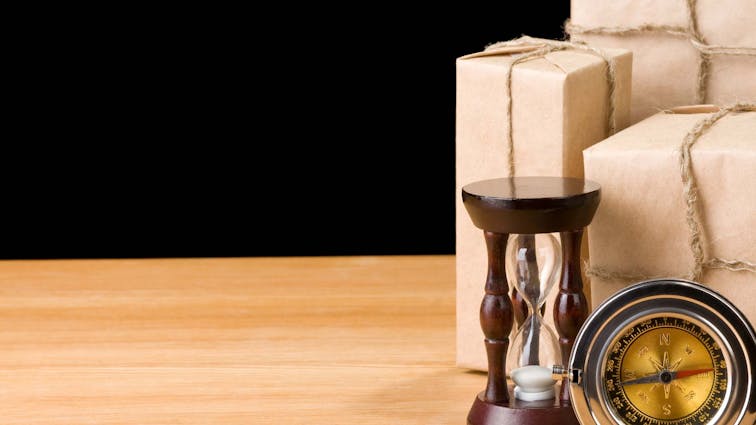
In the antique business, each item isn’t just a product; it’s a piece of history. Ensuring that these treasures reach their new owners safely is of paramount importance.
Special Considerations for Fragile Items:
- Custom Packaging: Tailored packaging that fits the item snugly can prevent unnecessary movement and potential damage.
- Padding: Bubble wrap, foam, and other cushioning materials can absorb shocks during transit.
- Labeling: Clearly marking packages as ‘Fragile’ or ‘Handle with Care’ can alert handlers to take extra precautions.
Choosing Reliable Shipping Partners:
Partnering with reputable shipping companies that have a track record of handling delicate items can offer peace of mind. Research, reviews, and recommendations can guide this choice.
Insurance and Tracking for High-Value Items:
- Insurance: Protects against potential loss or damage during transit.
- Tracking: Allows both the seller and buyer to monitor the item’s journey, ensuring transparency and accountability.
7. Marketing and Promotion: Making History Trend Online

In a digital age, visibility is key. Effective marketing can make your antiques resonate with a global audience.
SEO Strategies for Visibility:
Optimizing your online store or listings with relevant keywords, meta descriptions, and high-quality content can improve search engine rankings, driving organic traffic to your offerings.
Social Media Marketing:
- Engaging Posts: Share stories behind items, offer glimpses into the sourcing process, or showcase satisfied customers.
- Stories and Ads: Utilize platform-specific features like Instagram Stories or Facebook Ads to reach a targeted audience.
- Interactive Content: Polls, quizzes, or live sessions can engage the audience and foster community.
Paid Advertising:
Strategically placing ads on platforms where potential buyers frequent, ensuring that you’re reaching the right audience with the right message.
8. Building Trust and Reputation: The Cornerstones of the Antique Business
In a market where authenticity is everything, trust becomes the most valuable currency.
- Importance of Customer Reviews and Testimonials: Positive feedback can significantly influence potential buyers. Displaying reviews and testimonials prominently can enhance credibility.
- Handling Returns and Disputes: Having a clear and fair return policy can instill confidence in buyers. Addressing disputes promptly and professionally can protect your reputation.
- Offering Authentication Certificates or Provenance: Providing documentation that attests to an item’s authenticity or history can add significant value and trustworthiness to your offerings.
Conclusion:
The world of antiques is a testament to the adage, “Old is Gold.” The potential and profitability of selling antiques online are undeniable.
As technology continues to evolve, it offers antique dealers tools to reach wider audiences, streamline operations, and safeguard treasures.
By embracing these digital tools while staying rooted in the values of authenticity and history, antique dealers can ensure that the stories of the past continue to enchant generations to come.
FAQ’s:
1. Where to Sell Antiques ?
You can sell antiques in several places, including online platforms like eBay, RubyLane, and Etsy, at antique fairs, auctions, or through a licensed antique dealer, Local antique shops, Auction houses, Flea markets, Consignment shops, Pawn shops, Chairish & Bonanza.
2. What antiques are selling the best in 2025?
The hottest antique trends in 2025 can range from:
- Vintage jewelry and accessories
- Antique clocks and watches
- Vintage furniture
- Antique mirrors
- Vintage art and sculptures
- Collectible Coins
- Antique dolls and bears
3. What’s the best website builder for selling antiques?
If you’re looking to set up an website specifically for selling antiques, Aasaan, Shopify, Wix, and BigCommerce offer great flexibility and e-commerce features. All three platforms allow you to customize your site’s design, manage inventory, accept online payments, and implement SEO strategies. WooCommerce is another powerful option if you’re in the WordPress ecosystem. For an antique-focused online presence, Ruby Lane is a popular choice for antique and vintage dealers due to its dedicated user base.








